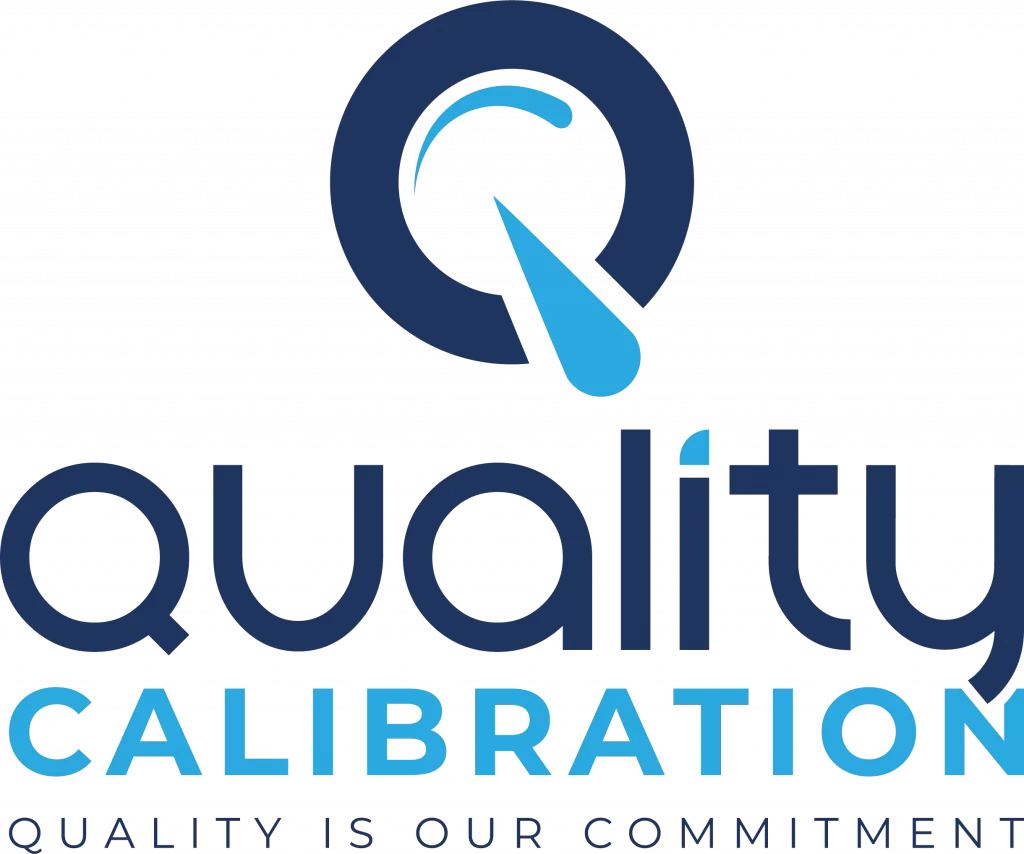Calibration certificates are essential documents that provide evidence of the accuracy and reliability of measuring instruments. They are issued by accredited calibration laboratories after conducting calibration procedures on various types of equipment. Different types of calibration certificates cater to specific needs and requirements, ensuring that different industries and sectors have the necessary documentation to validate their measuring instruments. In this article, we will explore the various types of calibration certificates, each serving a distinct purpose in ensuring measurement accuracy and compliance.
1. Traceable Calibration Certificate
A traceable calibration certificate establishes a clear link between the measuring instrument’s readings and recognized national or international standards. It ensures that the calibration process is traceable and validated by a chain of measurement standards with known accuracies. This type of certificate is crucial for industries where measurement accuracy is critical, such as healthcare, aerospace, and manufacturing.
Why It’s Important
- Provides assurance that the calibration process is traceable to a reliable and recognized standard.
- Ensures confidence in the accuracy of measurements, particularly in industries where precision is vital.
- Serves as evidence of compliance with quality and regulatory standards.
2. As Found / As Left Calibration Certificate
As Found and As Left calibration certificates are essential for instruments that undergo calibration for the first time or after calibration adjustments, respectively. An As Found calibration certificate records the instrument’s measurements before calibration, highlighting any existing inaccuracies. After calibration, an As Left certificate shows the readings to demonstrate that the instrument now meets the required accuracy standards.
Why It’s Important
- As Found certificates identify any existing inaccuracies, serving as a baseline for the calibration process.
- As Left certificates verify that the instrument now meets the necessary accuracy standards after calibration.
- Helps in identifying any changes or drift in measurements over time.
3. Primary Calibration Certificate
Primary calibration certificates are the highest level of calibration documentation. They are issued by National Metrology Institutes (NMIs) or primary calibration laboratories. These certificates are used to calibrate secondary calibration laboratories and are crucial for maintaining traceability to national or international standards.
Why It’s Important
- Provides the highest level of confidence in measurement accuracy.
- Ensures calibration traceability to national or international standards.
- Validates the accuracy and reliability of secondary calibration laboratories.
4. Secondary Calibration Certificate
Secondary calibration certificates are issued by accredited calibration laboratories that are calibrated by primary calibration laboratories or NMIs. These certificates validate the accuracy of the equipment and provide a link to primary standards. They are widely accepted and recognized by industries to ensure measurement accuracy.
Why It’s Important
- Establishes calibration traceability to primary calibration laboratories.
- Provides a high level of confidence in measurement accuracy.
- Widely accepted and recognized in various industries.
5. NIST-Traceable Calibration Certificate
The National Institute of Standards and Technology (NIST) in the United States issues NIST-traceable calibration certificates. While this type of certificate is specific to the U.S., its concept is often followed worldwide. NIST-traceable calibration ensures that the calibration process follows NIST standards and guidelines.
Why It’s Important
- Ensures compliance with NIST standards and guidelines for calibration.
- Provides a high level of confidence in measurement accuracy.
- Recognized in the U.S. and often accepted internationally.
6. ISO/IEC 17025 Calibration Certificate
The ISO/IEC 17025 calibration certificate is issued by laboratories accredited to the ISO/IEC 17025 standard. This certification demonstrates that the laboratory adheres to international standards for testing and calibration, ensuring the accuracy and reliability of their calibration services.
Why It’s Important
- Demonstrates compliance with international standards for testing and calibration.
- Provides a high level of confidence in measurement accuracy.
- Widely recognized in various industries globally.
7. In-House Calibration Certificate
In-house calibration certificates are issued by organizations that have internal calibration facilities. While not externally accredited, these certificates are suitable for organizations with stringent quality control and calibration processes.
Why It’s Important
- Enables organizations to maintain calibration control internally.
- Provides documentation for internal record-keeping purposes.
- Supports quality control and compliance efforts within the organization.
8. End-User Calibration Certificate
End-user calibration certificates are provided by the end-users themselves when they calibrate their instruments using in-house calibration facilities or third-party services. These certificates are typically used for internal record-keeping purposes and may not carry external accreditation.
Why It’s Important
- Allows end-users to document their own calibration activities.
- Supports internal quality control efforts.
- Facilitates record-keeping and equipment maintenance.
Bottom Line
Calibration certificates come in various types, each serving a specific purpose in ensuring measurement accuracy and compliance. From traceable calibration certificates for critical industries to in-house certificates for internal record-keeping, these documents play a vital role in validating the accuracy and reliability of measuring instruments. Businesses and industries should choose the appropriate type of calibration certificate based on their specific requirements and regulatory needs, thus ensuring trustworthiness in their measurement processes and adherence to industry standards.
If you are loking for the best calibration lab in Bangladesh, contact Quality Calibration Solution today.

Md. Hasan Ibrahim is a Technical Manager at Quality Calibration with extensive experience in the calibration sector since 2015. Holding a Bachelor of Science degree in Mechanical Engineering from Khulna University of Engineering & Technology (KUET), he has received training from various national and international organizations including CSIR-CMERI, QSI, BAB, NML-BSTI, memmert, and X-rite. With expertise in ISO/IEC 17025 assessment, method validation, metrological traceability, and uncertainty, he has successfully completed numerous calibration projects across diverse industries such as pharmaceuticals, food & beverage, oil & gas, textiles & garments, power plants, batteries, chemicals, hospitals & healthcare, and private universities.


